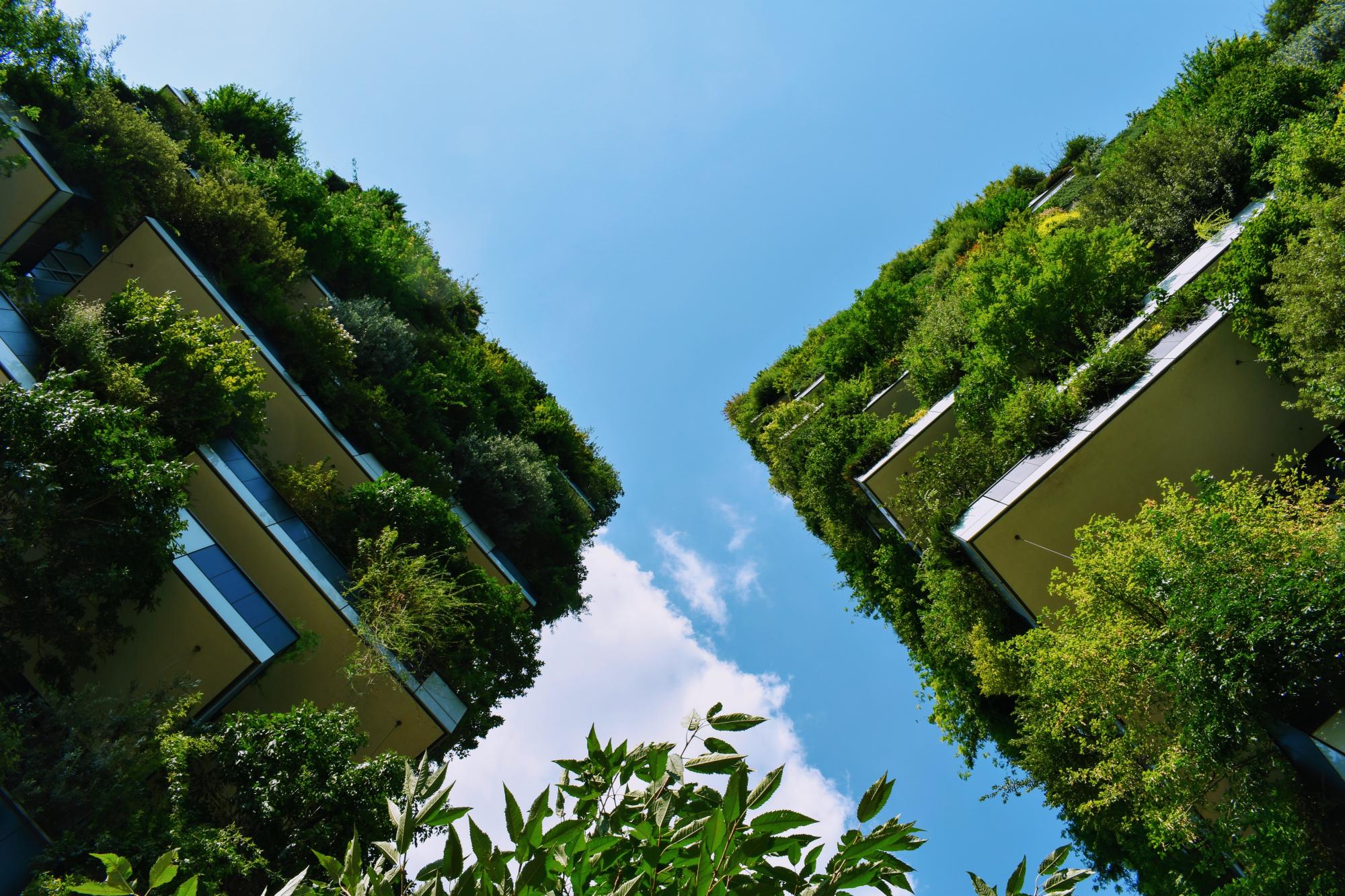Last updated: October 2021
The project has been implemented in a derelict and dumping site. It includes the creation of a community food garden (Ref 2). The locals are enjoying good quality foods with a green space inside the city centre. Today this area is a vibrant community vegetable growing garden comprising five 17ft raised growing beds; a 20ft polytunnel; a 16.5ft greenhouse (made from recycled 2lt plastic bottles) and a tool shed (Ref 2). The place is overlooked by 120 homes and is contributing to the urban green space as well as local food and market creation (Ref 2)
Overview
Nature-based solution
- Community gardens and allotments
- Allotments
- Community gardens
Key challenges
- Green space, habitats and biodiversity (SDG 15)
- Green space creation and/or management
- Environmental quality
- Soil quality improvement
- Health and well-being (SDG 3)
- Improving mental health
- Economic development and employment (SDG 8)
- Economic development: agriculture
- Sustainable consumption and production (SDG 12)
- Sustainable consumption
- Sustainable production
Focus
Creation of new green areas, Transformation of previously derelict areas
Project objectives
o To produce locally growing food;
o Habitat creation for some species, to increase biodiversity;
o Urban green space development;
o Creating a composting facility (Ref 1,2).
Implementation activities
Previously the site was a derelict space used as a dumping ground and walled on four sides by tenements. Before that, it was a motor garage. Due to previous uses, the land, because it contained pollutants, was unsuitable for growing, resulting in the G3 garden being a raised bed and pot plot. There are five raised beds with one used for herbs. The other four work on a planting rotation system growing a variety of production. The garden has a polytunnel, a tool shed and a homemade greenhouse. The wall panels of the latter were made in collaboration with children from a local nursery school. The greenhouse has a wooden structure, Perspex roof and walls made from columns of stacked two-litre plastic bottles generously collected by the nursery school pupils. There is no water access on site. The garden relies on collected rainwater that runs from gutters along the roofs of the shed and greenhouse into collection points. As backup, the garden has three large water containers. (Ref 1,2,3)
Main beneficiaries
- Citizens or community groups
Governance
Management set-up
- Led by non-government actors
Type of initiating organisation
- Non-government organisation/civil society
- Citizens or community group
Participatory approaches/ community involvement
- Taskforce groups
- Citizen monitoring and review
Details on the roles of the organisations involved in the project
The garden site was set up in 2011 by Annexe Communities, a health and welfare charity based in Partick, using a grant they had obtained from the Climate Challenge Fund. (Ref 1)
Project implemented in response to ...
... an EU policy or strategy?
Unknown
... a national policy or strategy?
Unknown
... a local policy or strategy?
Unknown
Financing
Total cost
€100,000 - €500,000
Source(s) of funding
- Public local authority budget
- Funds provided by non-governmental organization (NGO)
- Private Foundation/Trust
- Crowdfunding
Type of funding
- Earmarked public budget
- Direct funding (grants, subsidies, or self-financed projects by private entities)
- Donations
- Membership or entrance fees
Non-financial contribution
Unknown
Impacts and Monitoring
Environmental impacts
- Climate change
- Enhanced carbon sequestration
- Environmental quality
- Improved soil quality
- Green space and habitat
- Increased green space area
- Increased conversion of degraded land or soil
- Restoration of derelict areas
Economic impacts
- Increase in agricultural production (for profit or not)
Socio-cultural impacts
- Social justice and cohesion
- Improved social cohesion
- Increased opportunities for social interaction
- Increased involvement of locals in the management of green spaces
- Increased access to healthy/affordable food
- Increased sustainability of agriculture practices
- Health and wellbeing
- Improved mental health
- Education
- Increased support for education and scientific research
- Increased knowledge of locals about local nature
Type of reported impacts
Achieved impacts
Presence of formal monitoring system
Unknown
Presence of indicators used in reporting
No evidence in public records
Presence of monitoring/ evaluation reports
No evidence in public records
Availability of a web-based monitoring tool
No evidence in public records
References
1. G3 Growers. Case Studies. Pg. 22. Available at: Source link. Accessed on 28th July, 2020.
2. The Back Garden. Portfolio Case Study. Available at: Source link. Accessed on 28th July, 2020.
3. G3 Growers/The Back Garden, off Brechin Street, Finnieston, Glasgow. Social farms & Gardens. Available at: Source link. Accessed on 28th July, 2020.
4. The Back garden. G3 Growers. Available at: Source link. Accessed on 28th July, 2020.
5. G3 Growers. Glasgow west Housing Associations Limited. Available at: Source link. Accessed on 28th July, 2020.
2. The Back Garden. Portfolio Case Study. Available at: Source link. Accessed on 28th July, 2020.
3. G3 Growers/The Back Garden, off Brechin Street, Finnieston, Glasgow. Social farms & Gardens. Available at: Source link. Accessed on 28th July, 2020.
4. The Back garden. G3 Growers. Available at: Source link. Accessed on 28th July, 2020.
5. G3 Growers. Glasgow west Housing Associations Limited. Available at: Source link. Accessed on 28th July, 2020.

